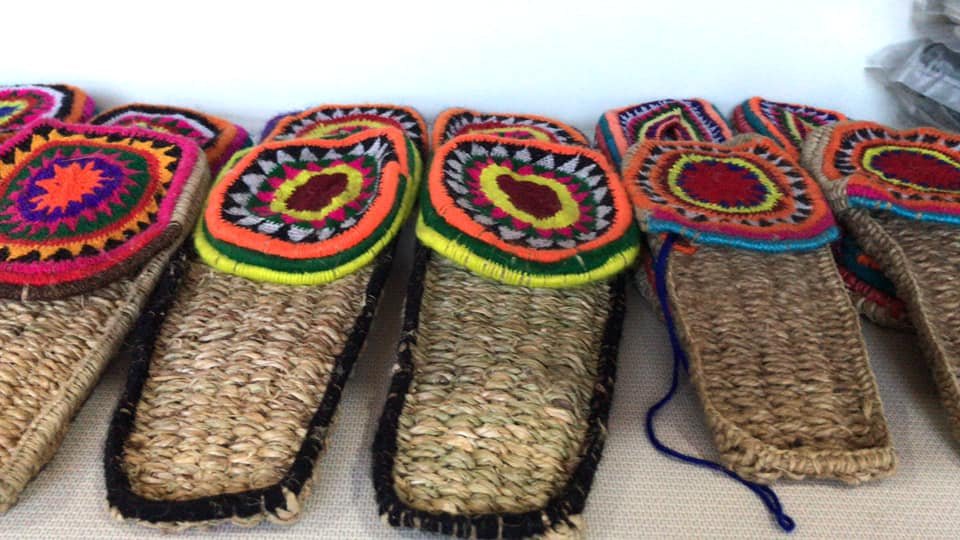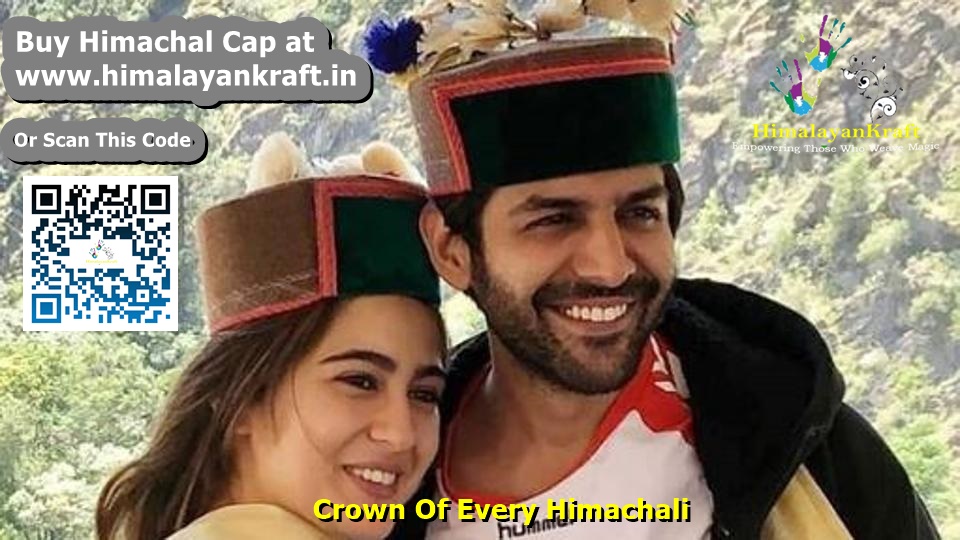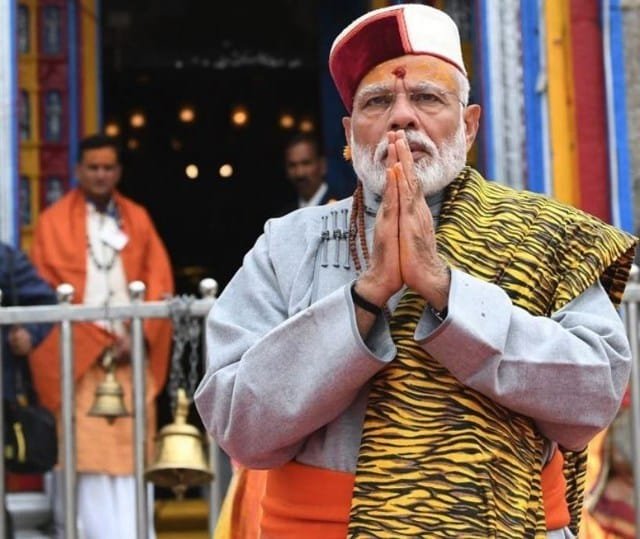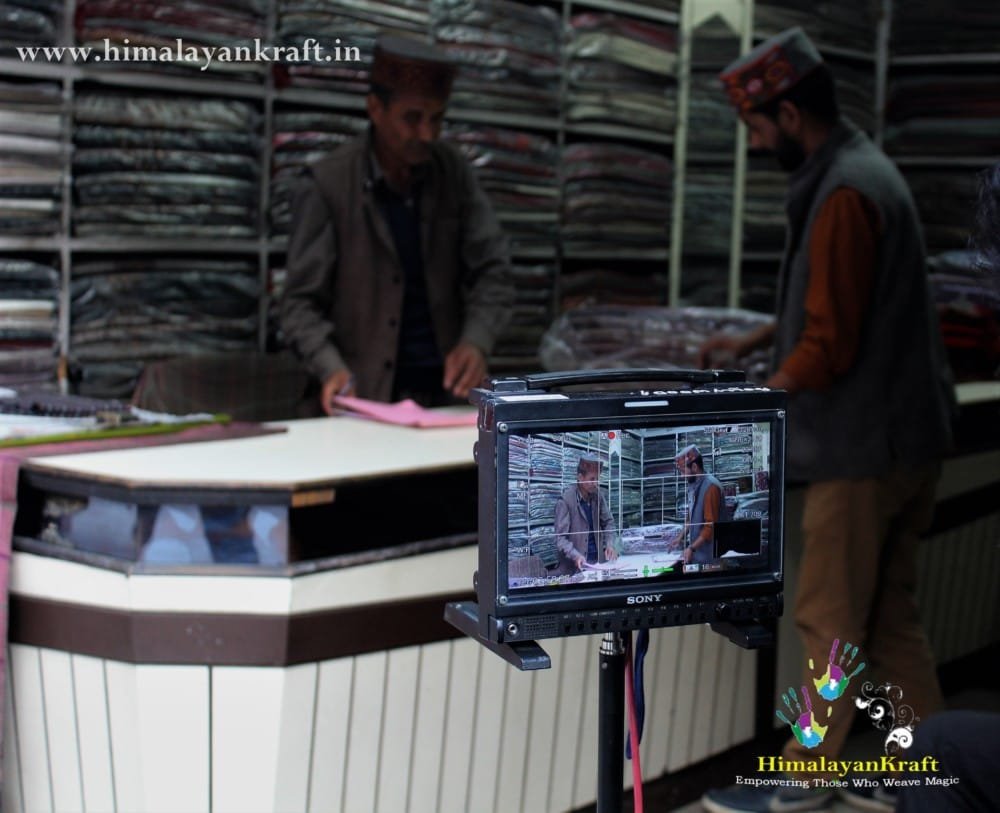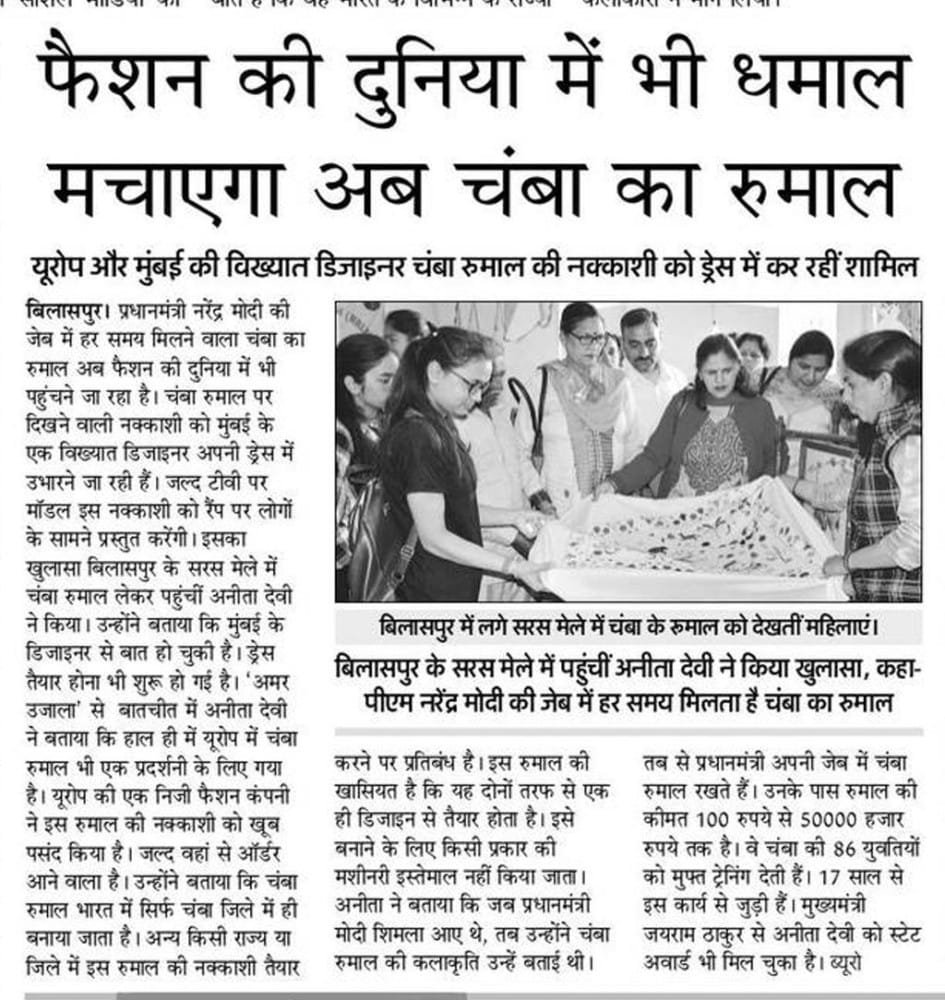Kullu weaving is a traditional form of textile craft that is practiced in the Kullu district of Himachal Pradesh, India. It is known for its bright colors, intricate patterns, and use of natural fibers such as wool, pashmina, and cotton.
The Kullu shawl is the most famous product of this weaving tradition, and is recognized for its geometric designs and bold colors. Kullu shawls are produced using a variety of techniques, including hand-weaving, hand-embroidery, and printing. The shawls are made on a handloom, which is a traditional machine used for weaving textiles.
Kullu shawls are not only worn by the locals but also by many tourist as a souvenir. The traditional designs and motifs of Kullu shawls are inspired by nature, such as flowers, leaves, and animals. These motifs are created using a variety of techniques, including tie-dye, embroidery, and block printing.
Kullu weaving is not just limited to shawls, but also includes various other items such as stoles, scarves, bags, and other home decor items.
In recent years, Kullu weaving has been facing challenges such as lack of exposure, limited market, and lack of skilled weavers. However, many efforts are being made by the government and NGOs to preserve and promote this traditional craft.

